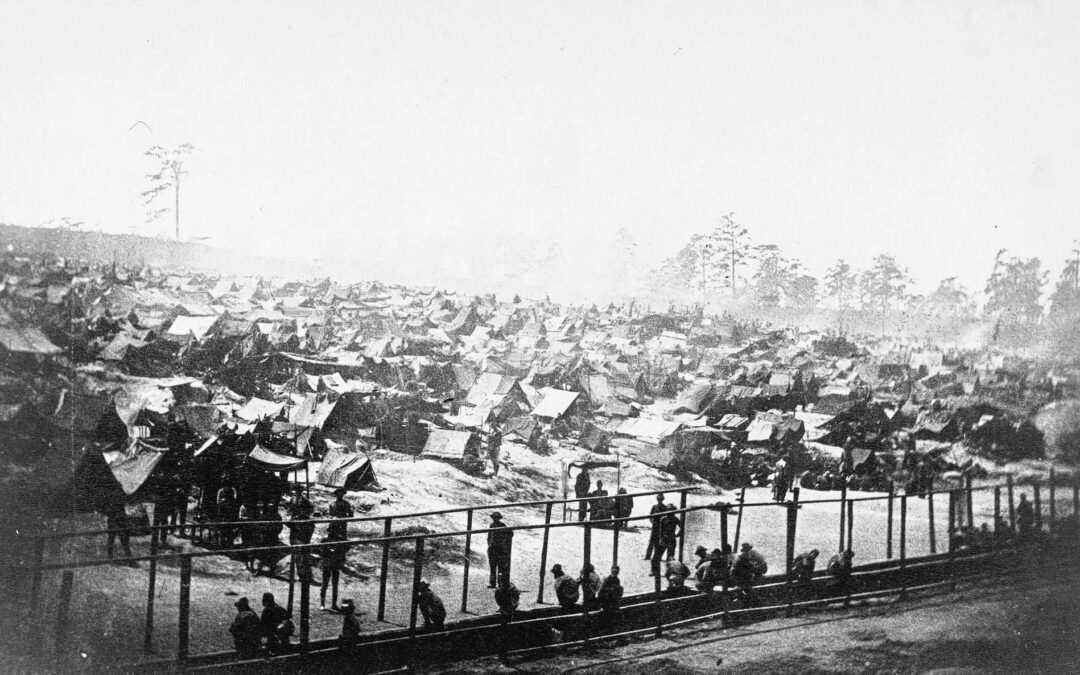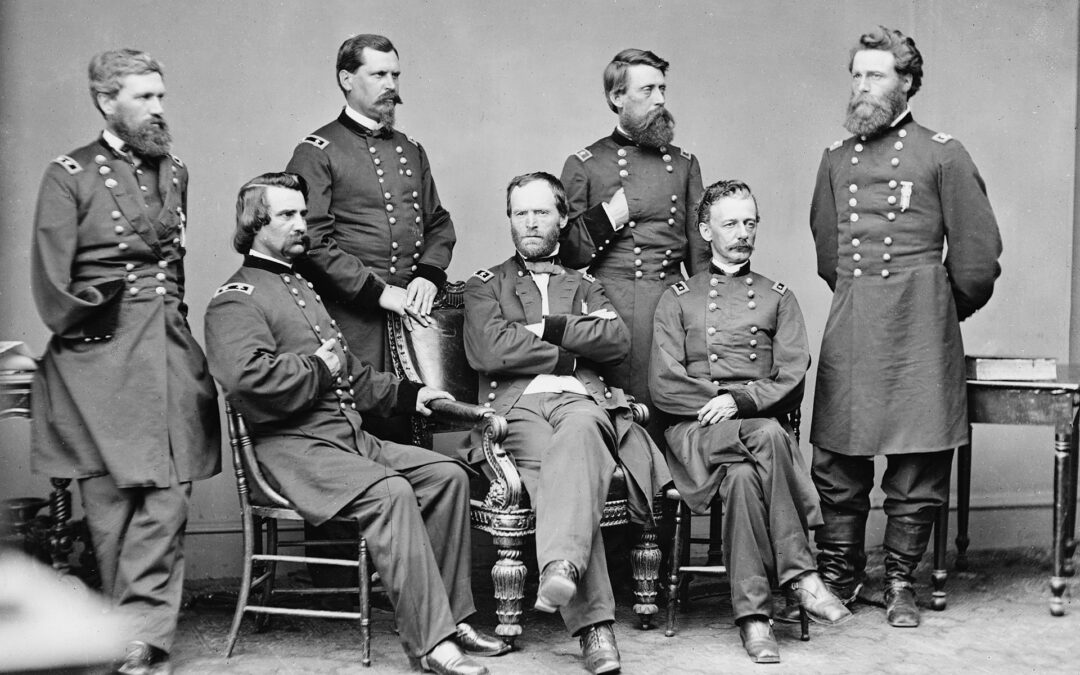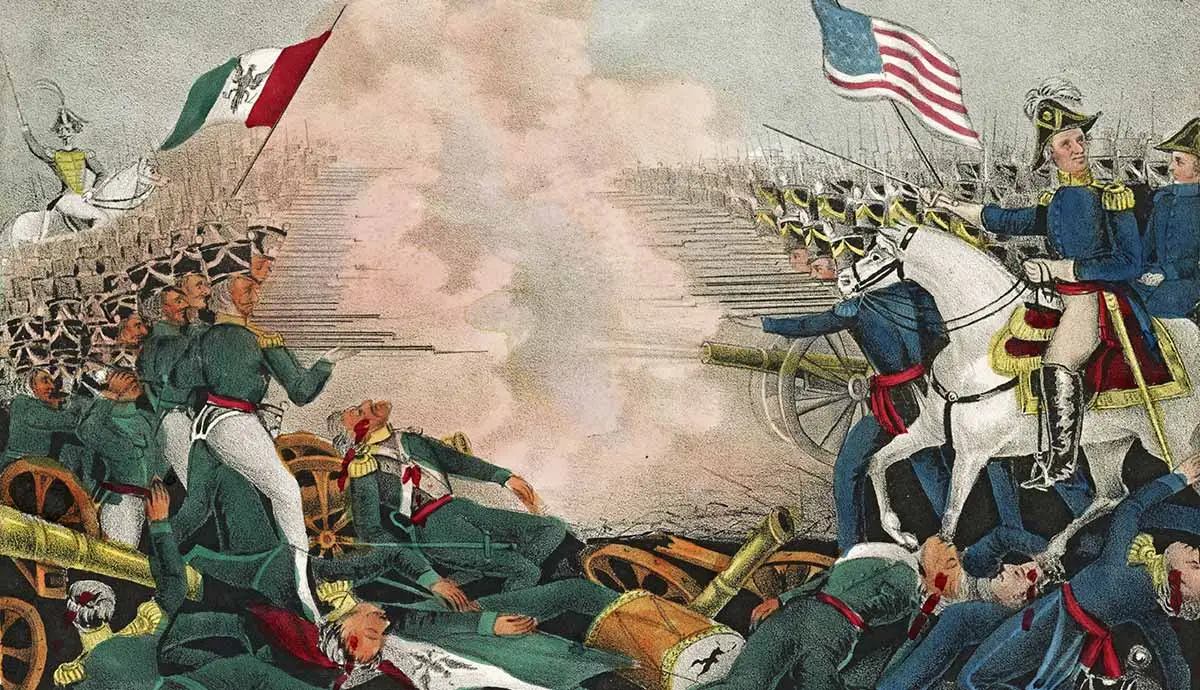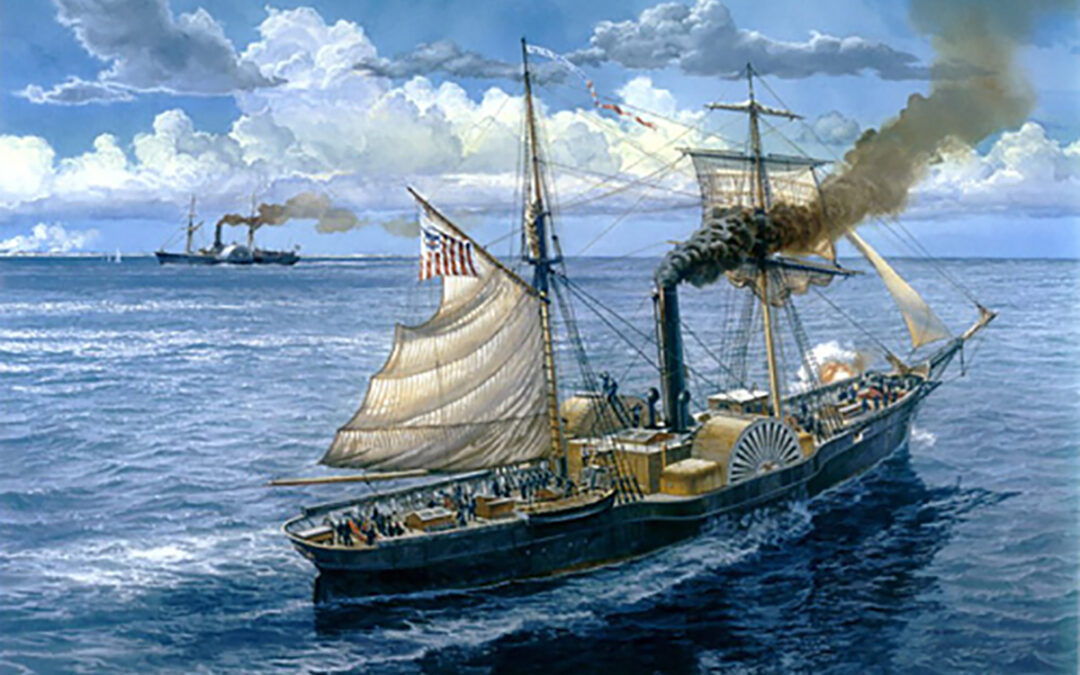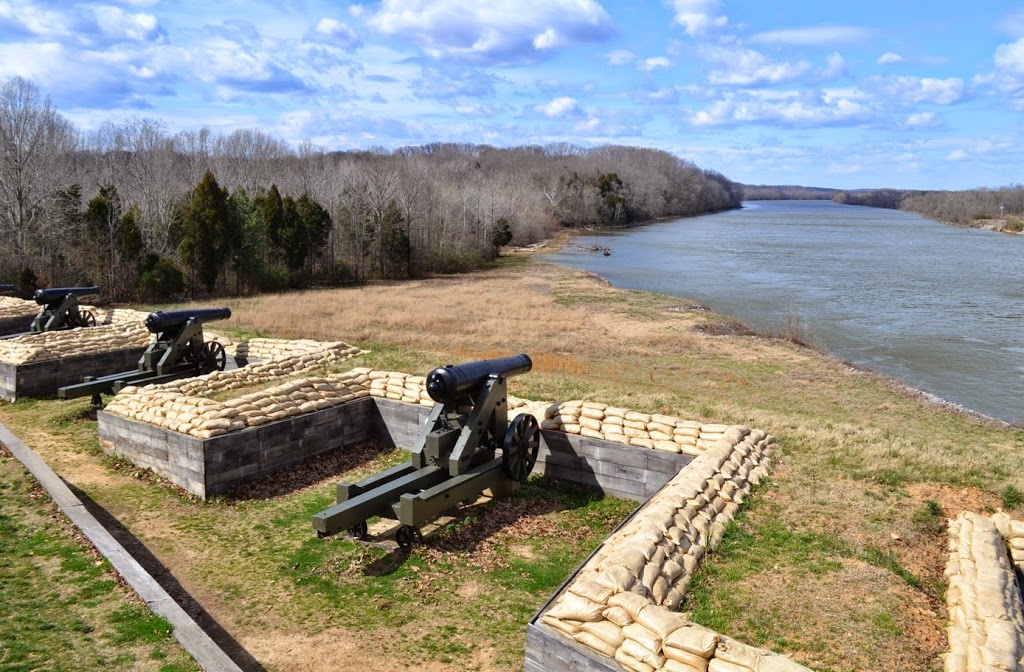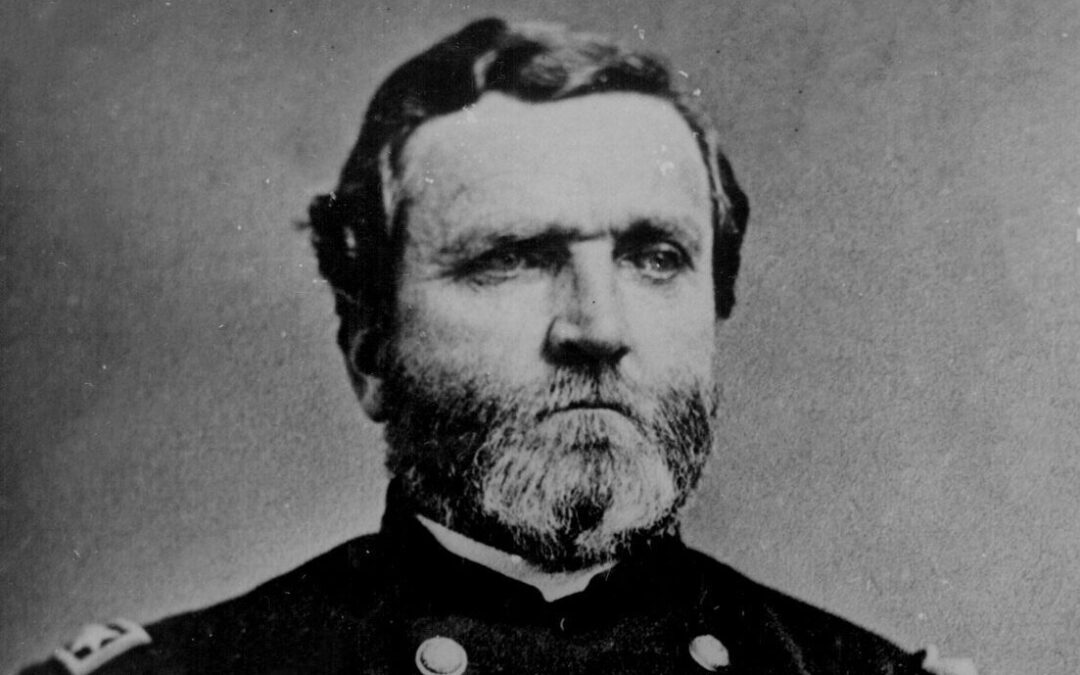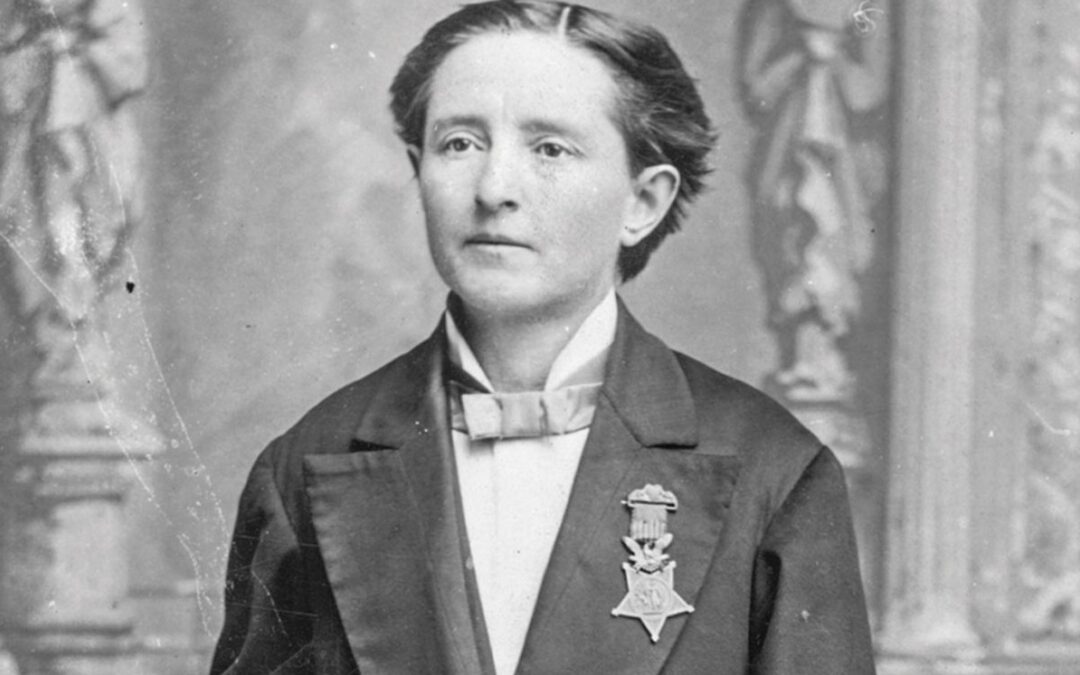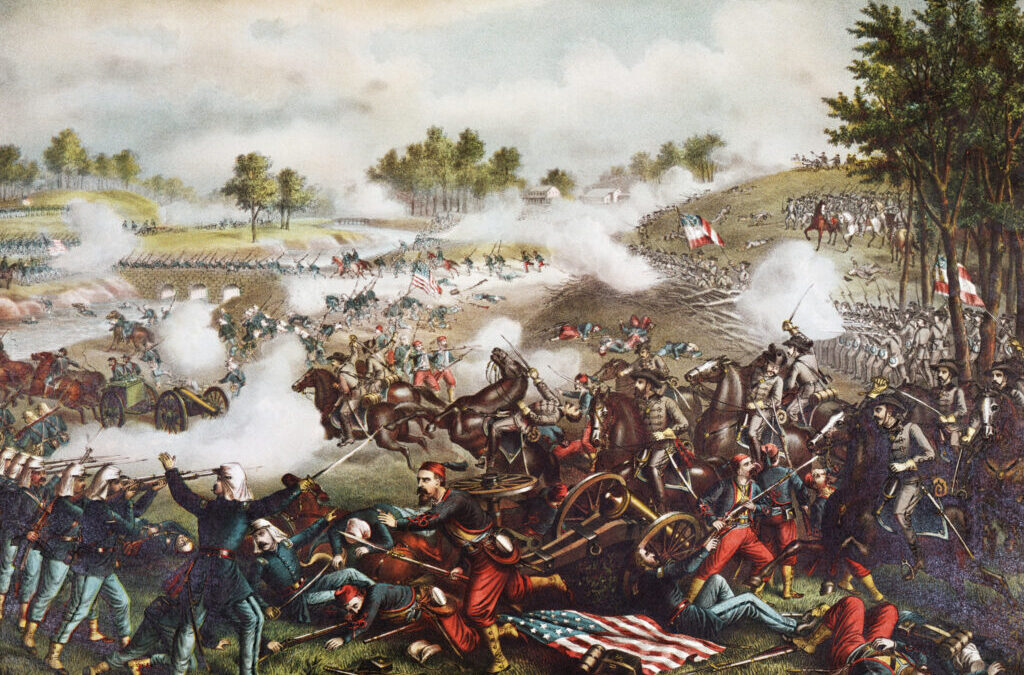What possesses a unit of soldiers to run headlong into a frontal assault on a heavily defended position, knowing that the chances of success aren't great and that they could die? Many might ask: aren't they scared? The answer is: of course they are. That's not really what matters at that moment, however. President Franklin D. Roosevelt once said, "Courage is not the absence of fear, but rather the assessment that something else is more important than fear." Nowhere in American military history was that something more important than in the Civil War. Union soldiers marched into the grim melee of the world's first modern war, knowing they might be maimed or killed. Psychological Strain on the Battlefield: Insights from "You'll Be Scared - Sure You'll" Fear is the natural process that keeps us alive and (hopefully) unharmed in the face of overwhelming danger. It's what provokes us to run away to safety or prepare to stand our ground. But war is different. Soldiers can't run away from...

